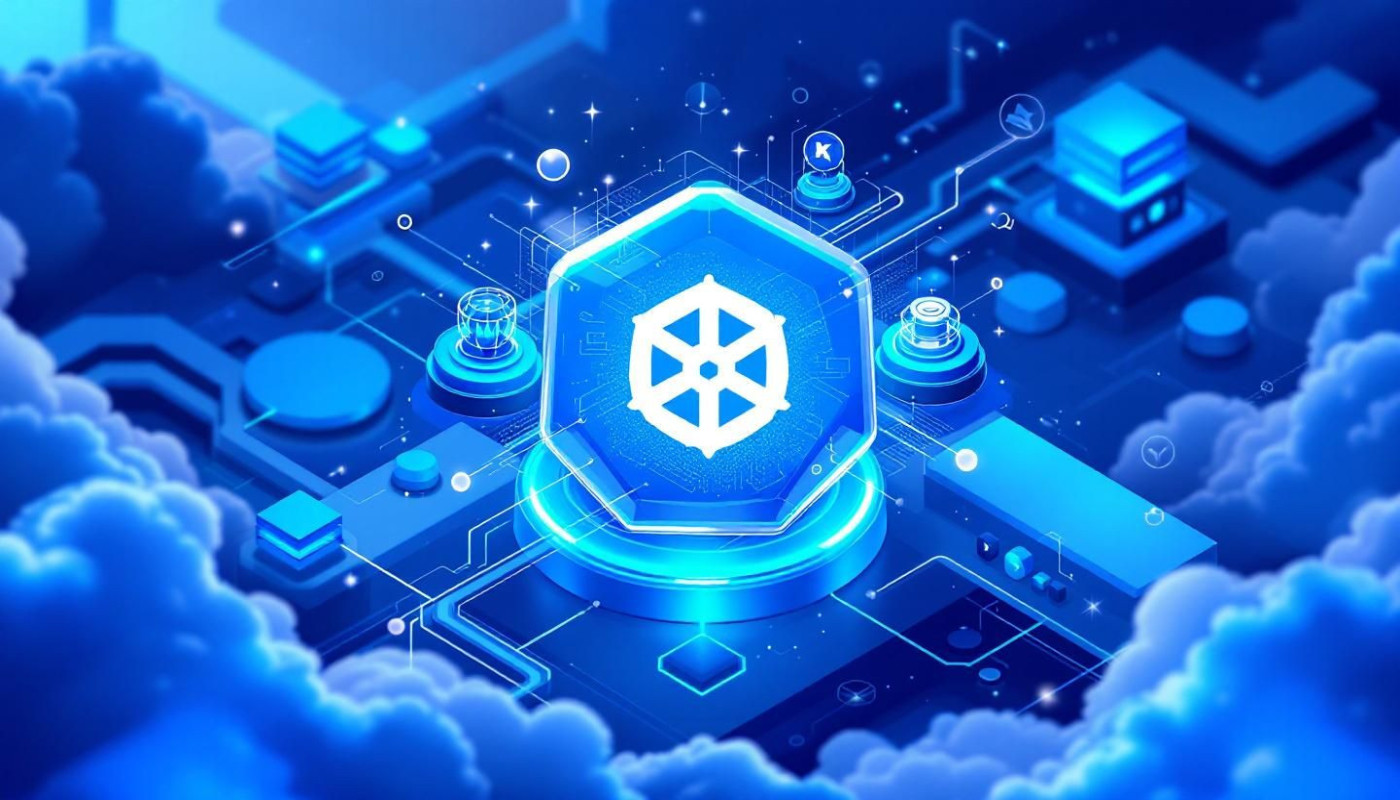Table of contents
Organizations managing cloud-native infrastructure face growing demands for both robust security and operational efficiency. As Kubernetes clusters scale and evolve, manual management becomes challenging, increasing the risk of vulnerabilities and human error. Discover how implementing automation in Kubernetes cluster management can transform your deployment’s security posture and streamline operations, making your systems resilient and agile in the face of modern threats.
Strengthening access controls
Automated processes within Kubernetes cluster management play a significant role in enforcing stringent access control policies across the environment. Utilizing role-based access control (RBAC) allows administrators to define precise permissions for users and applications, ensuring that only authorized entities can perform specific actions. Kubernetes automation further supports this by applying security in kubernetes continuously, updating and monitoring permissions as organizational requirements evolve. Automated monitoring tools can track changes to access policies in real-time and generate audit logging records, creating a detailed trail of every access attempt and modification. These logs are invaluable for identifying suspicious activity or policy violations, reducing the risk of unauthorized access. Centralized kubernetes management platforms leverage automation to streamline policy enforcement and maintain compliance, making access control both robust and scalable across diverse workloads. Integrating these automated solutions not only enhances kubernetes automation but also elevates overall security posture within cloud-native environments.
Continuous security patching
Automating security updates in Kubernetes environments has become indispensable for robust kubernetes security. Relying on manual intervention can delay vulnerability management, leaving workloads exposed to exploits for extended periods. With kubernetes cluster automation, rolling updates ensure that patches and critical fixes are deployed seamlessly across nodes with minimal disruption, reducing the window of exposure and enforcing consistency. Automated patching workflows also facilitate vulnerability remediation by continuously monitoring for new threats and applying solutions as soon as they're available, instead of relying on scheduled maintenance. This proactive strategy enables teams to maintain compliance and strengthen defenses while reducing the operational burden. Leveraging platforms like Kubegrade.com helps streamline these automated processes, providing visibility into patch status and assisting in orchestrating timely updates throughout the cluster.
Resource optimization and scaling
Automation in Kubernetes cluster management dramatically improves resource allocation and cluster efficiency by leveraging advanced features like horizontal pod autoscaling and resource quotas. With horizontal pod autoscaling, workloads automatically adjust to current demand, promoting optimal kubernetes scalability without manual intervention. This dynamic approach ensures that applications receive precisely the resources they need, reducing waste and preventing resource contention. Automated provisioning further streamlines the deployment and scaling of new services, allowing clusters to react instantly to changing requirements. Resource quotas, configured through automation, set boundaries on resource consumption for different teams or applications, maintaining balanced usage across the environment. These integrated controls enable organizations to maximize kubernetes scaling and efficiency while maintaining predictable infrastructure costs and performance.
Real-time threat detection
Automating Kubernetes monitoring empowers organizations with robust threat detection kubernetes capabilities, leveraging real-time alerts for immediate response to suspicious activities within the cluster. Security automation integrates advanced intrusion detection systems and runtime monitoring tools, enabling swift identification of anomalies and potential breaches. Automated anomaly detection continuously analyzes cluster behavior, flagging deviations from established baselines that could signal malicious actions or compromised containers. When threats are identified, auto-remediation mechanisms can isolate affected workloads, apply patches, or adjust network policies without manual intervention, reducing attack windows and limiting exposure. Implementing kubernetes monitoring with real-time alerts and intelligent response not only strengthens overall security posture but also streamlines incident management. This holistic approach, under the guidance of a lead cybersecurity analyst specializing in containerized environments, ensures that security measures evolve rapidly to counter emerging threats while maintaining operational efficiency.
Streamlining compliance workflows
Automation within Kubernetes environments can greatly simplify the landscape of kubernetes compliance by embedding automated policy enforcement directly into cluster management processes. A compliance officer, well-versed in cloud-native environments, can leverage these tools to enforce regulatory and organizational policies across all workloads, reducing manual oversight and minimizing human error. With automated solutions, every configuration or deployment must pass through predefined policy checks, ensuring consistent application of security standards and cluster governance. In addition, these automated systems generate comprehensive audit trails, capturing every change and decision point for transparent compliance reporting. This not only accelerates compliance reviews but also prepares the organization for external audits by providing a reliable, tamper-proof record of activity, ultimately increasing trust and accountability within Kubernetes operations.
Similar










